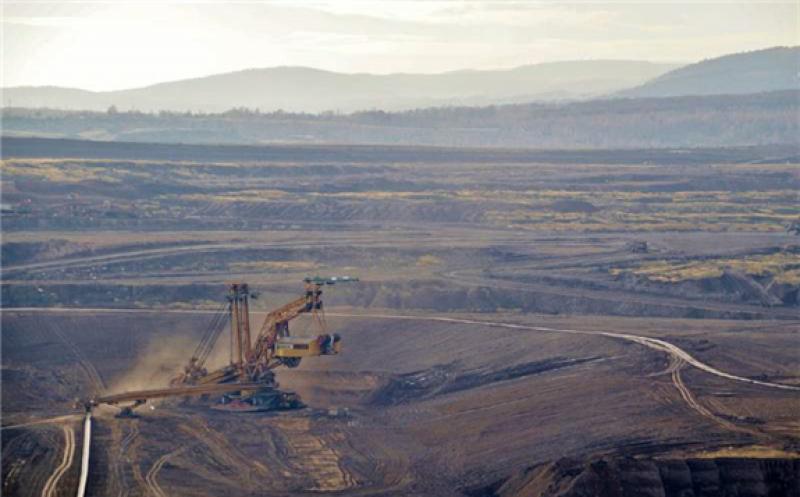Greece’s Public Power Corp. (PPC), the country’s biggest energy company, has announced that its coal-fired thermal power plant Ptolemaida 5 will be converted to gas in 2025, three years earlier than planned.

The facility, currently under construction, is set to be the last of its kind in Greece as all others are scheduled for shutdown by 2023. The move will make Greece the tenth European country to have already exited coal or to plan to do so by 2025.
Ptolemaida 5 lignite plant was scheduled to come online in 2022, however doubts exist whether it will burn lignite at all.
“PPC has finally realised it has wasted billions on Ptolemaida 5, and caused untold damage to people’s health and the Greek economy,” said Mahi Sideridou, Managing Director at Europe Beyond Coal. “The fact that the EU’s fourth-largest lignite producer is abandoning coal tells you everything you need to know about the state of the industry. Now PPC needs to turn its full attention to the country’s enormous renewable energy potential. Former coal communities deserve far better than to be tied to more fossil fuels, like fossil gas.”
PPC plans to close all of Greece’s other existing lignite plants by 2023, a move hastened by the rapid increase in carbon dioxide emission certificates. Even if the CO2 costs remain the same by 2028, PPC would be burdened with more than EUR 1 billion ($1.2 billion), almost as much as the new unit would be worth, according to Balkan Green Energy News.
After PPC failed to obtain derogation for the plant, the energy company decided to convert it into an unsustainable 1GW fossil gas unit in 2025. Technology options will need to be investigated to increase the plant’s sustainability and avoid stranded assets in the future.
A comparative analysis of different replacement technology options for Ptolemaida 5 conducted by the Green Tank, ClientEarth and enervis shows that converting the lignite plant to a renewables-based thermal energy storage facility would produce cheaper electricity than switching to fossil gas. This option would also be fully compatible with the EU’s new 2030 climate target, the EU Green Deal and the Sustainable Taxonomy Regulation.